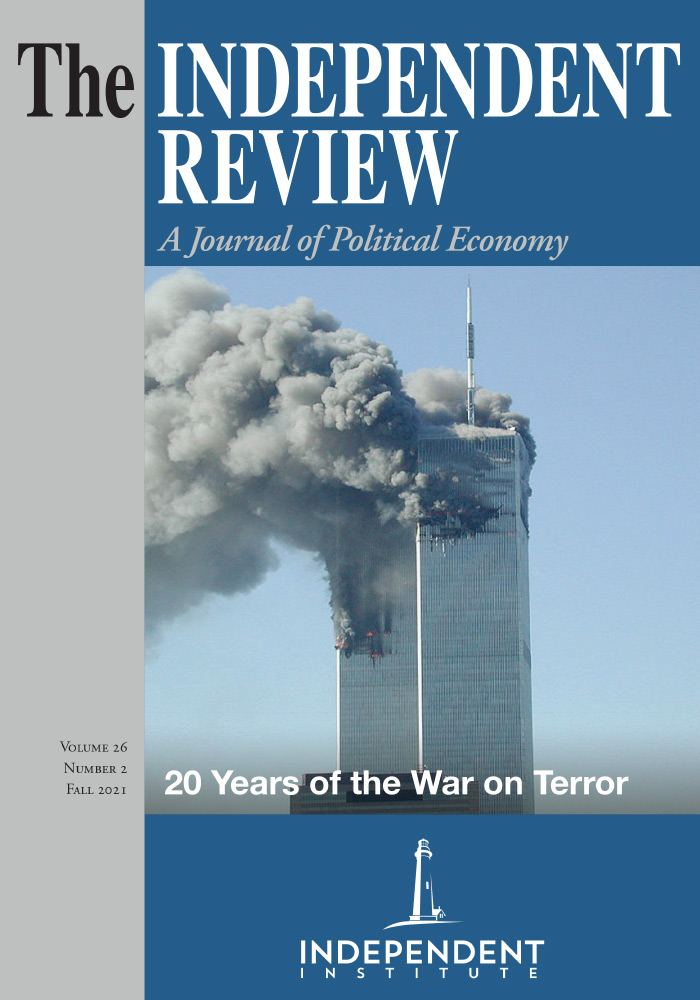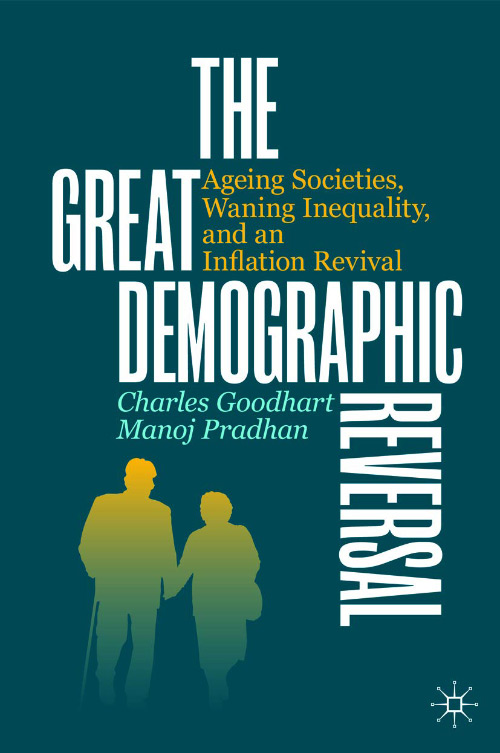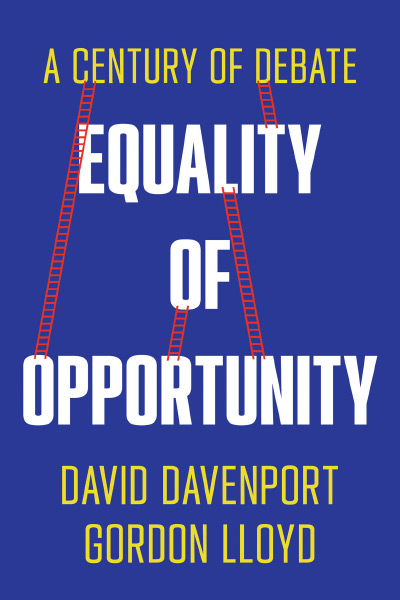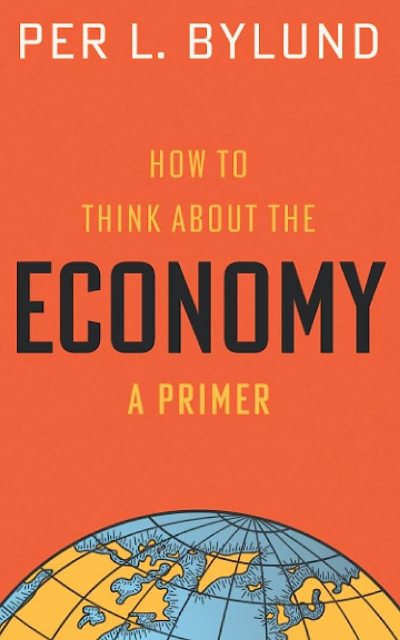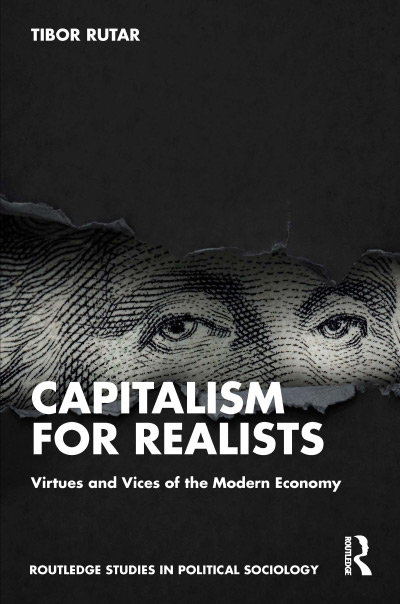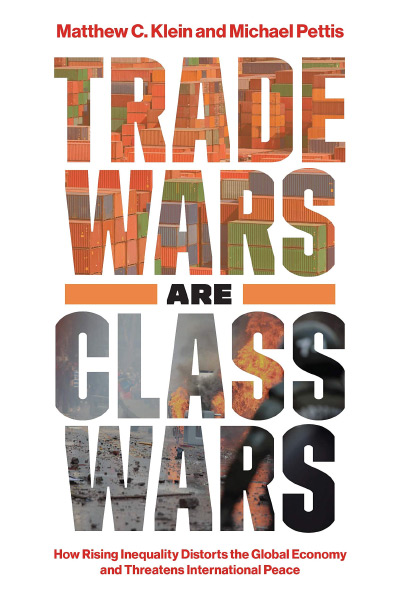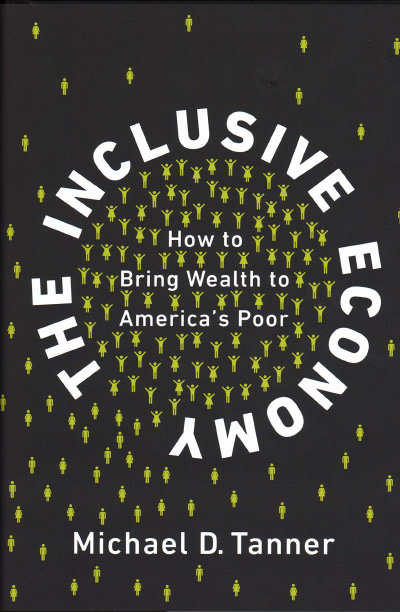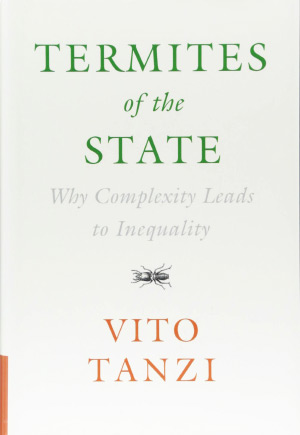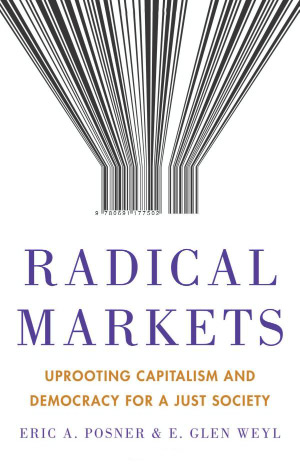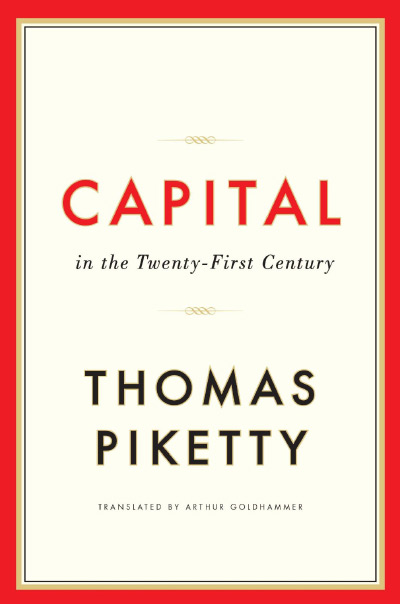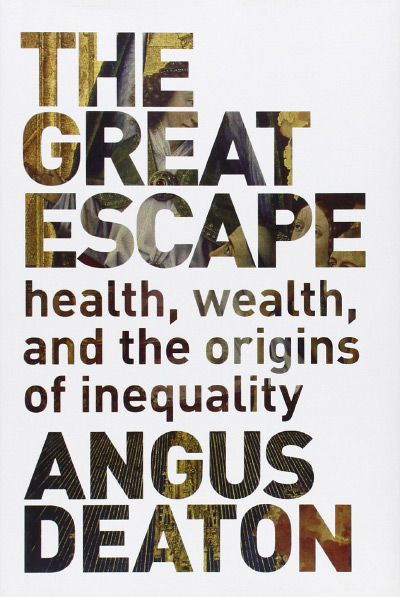Recent economic history has been dominated by a handful of major trends. Among these are robust global economic growth, rising economic inequality in most rich countries, historically low interest rates and an absence of inflation. Charles Goodhart and Manoj Pradhan argue that two of the factors that drove these trends—the massive increase in the world’s effective labor supply and the global “savings glut”—are about to shift into reverse, which will slow economic growth, reduce inequality, cause interest rates to rise and unleash inflation. We can easily live with slower growth and a decline in inequality will be quite welcome in most quarters, but the whirlwind of inflation coupled with higher interest rates may be incredibly destructive because of the immense indebtedness of governments around the world.
Goodhart and Pradhan begin with the rapid growth in the world’s working age population in recent decades. How rapid? The “effective labour supply for the world’s advanced economy trading system more than doubled ... from 1991 to 2018” (p. 3, emphasis added). China re-entered the global economy—adding hundreds of millions of workers to the global labor force. Simultaneously, in the world’s advanced economies, the baby boom helped swell the ranks of the work force, as did rising female labor force participation. This labor force growth peaked around 2000. Goodhart and Pradhan argue that this massive increase in the labor supply held down wages and thereby held down prices around the world. Workers in rapidly developing countries benefitted immensely, while the biggest winners in the advanced economies were owners of capital and highly educated workers.
What will the future bring? The enormous surge in the global labor supply is a thing of the past. China’s working age population is already shrinking and its reserve of “surplus” rural workers is vastly diminished. Baby boomers are now gray-haired but they and their children have left a baby bust in their wake. The global total fertility rate (TFR) has fallen to 2.3 children born per woman—not much above the replacement rate of 2.1. I suspect that Goodhart and Pradhan are too optimistic in projecting that the TFR in rich countries will plateau around 1.6 and that the global TFR will stay comfortably above the replacement rate over the next two decades. I believe these rates will fall noticeably below what most demographers predict. Sadly, all around the world many in their child-bearing years simply don’t see having children as a desirable outcome. Either way, retirees will demand goods and services—paid for by their savings, public pensions and state-provided health care—but the labor force to produce them will not keep up and technology will not advance fast enough, so prices will get bid up along with the real wages of many workers, argue Goodhart and Pradhan. They explain that retirement ages have crept up in many advanced economies but this won’t put a dent in the overall trend—and argue that neither India nor Africa can repeat the global economic impact that China has had over the past few decades.
Their most pessimistic chapter, “Dependency, Dementia and the Coming Crisis of Caring,” argues that as life expectancies climb a growing proportion of the aging population will become incapacitated by dementia and other causes of dependency. They will require personal support that cannot be provided by new technologies such as robots. Yes, age-specific dementia rates have fallen in some countries, such as the U.S. and the U.K., but they argue that this is likely due to declines in smoking—and little pharmaceutical progress has been made in fighting the disease, despite the FDA’s recent approval of Aduhelm. Elder care is labor intensive and cannot be offshored, although Goodhart and Pradhan suggest that advanced economies could target immigrants who work in this sector.
These trends—low fertility rates, high retirement rates, and the likely reduction in savings rates—are based on decisions by individuals who presumably know their self-interest and can weigh their own costs and benefits, making adjustments when needed. So, what’s the worry? (One worry—which the authors don’t address—is that raising children generates immense positive externalities.) The biggest problem, as Goodhart and Pradhan see it, is that governments have made myopic decisions that won’t easily accommodate these changes. These demographic forces have yielded the lowest real interest rates in history—with a vast global working-age population saving for old age and Chinese savings rates at unprecedented levels as its citizens don’t have public pensions and don’t have children to support them in their old age. However, as more people retire, the savings rates will fall and real interest rates will rise. In addition, a tight labor market will cause inflation, which will cause nominal interest rates to climb even faster than real interest rates.
Governments around the world have used the historically-low interest rates as an excuse to borrow—but as soon as interest rates begin to rise their debt service payments will explode. Goodhart and Pradhan characterize this as a “debt trap.” Once equilibrium interest rates rise, central banks will be pressured to hold them down by expanding credit, but this will cause inflation, which will drive up interest rates even more—a vicious cycle. There’s no easy way out of the trap. Once debt service payments rise and the inflationary cycle becomes obvious, governments will be forced to raise taxes, which is not generally a recipe for growth. Goodhart and Pradhan suggest that among the most palatable taxes are those on land and carbon emissions. With wealth taxes on the menu, a land tax looks safe in comparison, but the authors push their case too far when they suggest that “a large proportion of any site’s land value is created by beneficial externalities. Most of these results from public spending ... In particular, the State provides peace and security via law, defence and police ...” (p. 196, emphasis added). In my city property values vary considerably, but policing doesn’t vary much from neighborhood to neighborhood. I suspect that the variation in property values is largely driven by variation in the behavior and characteristics of one’s neighbors, not something the government does. And what will happen to property values when interest rates rise and monthly mortgage payments balloon? Will housing prices crash? Goodhart and Pradhan say little about this scenario.
The book, written in 2019 and published in April 2020, closes by warning that the reaction to COVID-19 has accelerated the most worrisome trends—especially the government debt trap and the return of the inflation—predicting a “surge in inflation, quite likely more than 5%, or even on the order of 10% in 2021” (p. 214). The year is not over, but inflation over the past twelve months (as measured by the Consumer Price Index) has been about 5% in the U.S. Despite this, markets are betting against the resurgence in inflation that is at the heart of Goodhart and Pradhan’s analysis. The gap between the standard U.S. Treasury rate and the inflation-protected rate suggests that investors foresee annual inflation over the next decade to be fairly low—only 2.25%.
Goodhart and Pradhan realize that their prediction swims against the mainstream. Their analysis comes not from a calibrated economic model but from fitting together the pieces of the global economic puzzle in a coherent manner, although it is not clear that a more mathematical model could ever capture the complexities and interactions that matter for accurately predicting the next few decades. Their most fundamental point is that major demographic shifts—global aging and low fertility rates—will reduce savings rates and drive up interest rates. The more this makes sense to you, the more pessimistic you will be about the implications of massive government borrowing, the more you will plan for inflation and higher taxes.
None of this implies that economic growth will stop. As most of the contributors to Future: Economic Peril or Prosperity (2016. Robert Whaples, editor. Oakland, Calif.: Independent Institute) explain, the key forces driving economic growth—especially incentives to innovate—are unlikely to disappear any time soon. However, many of those authors joined the professional economists surveyed a decade earlier (Robert Whaples. 2006. “Collapse? The “Dismal” Science Doesn’t Think So: Economists’ Views of the Future.” The Independent Review 11, no. 2: 275-81) in ranking problems related to aging and government spending on pensions and health care as the top economic challenges for the coming half century. Goodhart (a renowned economist and emeritus professor at the London School of Economics, known for his work on central banks and finance and his eponymous “Goodhart’s Law”) and Pradhan (founder of Talking Heads Macroeconomics, and former Managing Director at Morgan Stanley) have added a detailed analysis to explain why this uneasy feeling of so many economists may turn out to be a critical concern in coming decades.
| Other Independent Review articles by Robert M. Whaples | ||
| Summer 2024 | The Journey of Humanity: The Origins of Wealth and Inequality | |
| Summer 2024 | Of Boys and Men: Why the Modern Male Is Struggling, Why It Matters, and What to Do About It | |
| Summer 2024 | These United States: Our Nation’s Geography, History and People | |
| [View All (96)] | ||

